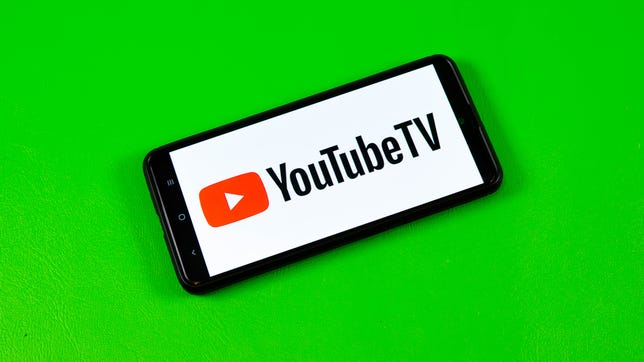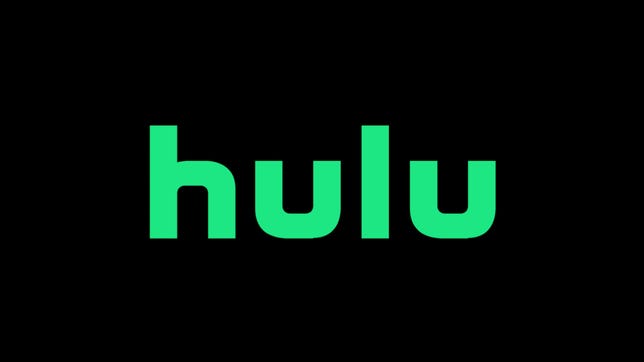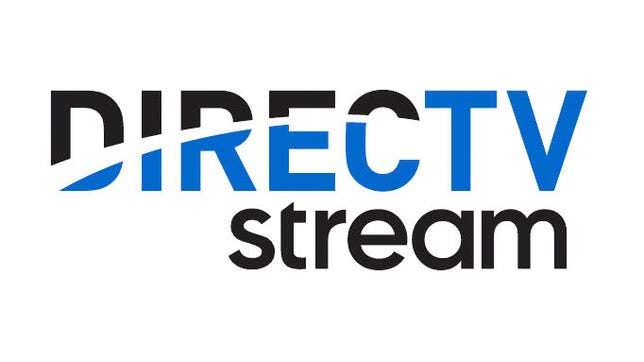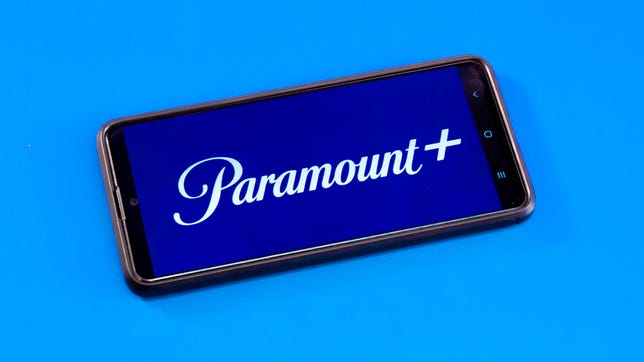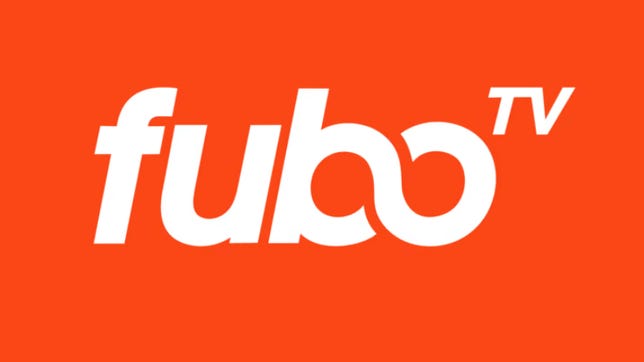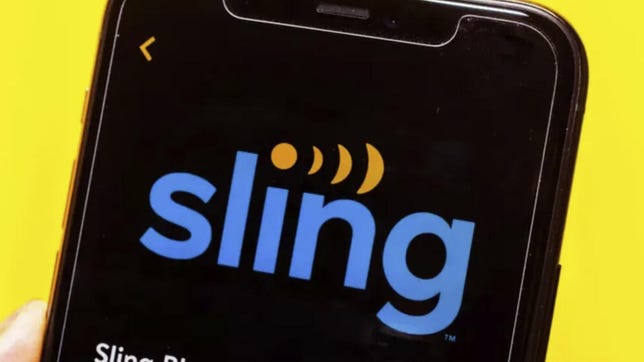Technologies
March Madness 2023: How to Watch and Stream Friday’s Games Live on CBS, TNT, TBS and TruTV
Day 2 of the first round tips off Friday at 12:15 p.m. ET on CBS.

March Madness has been diagnosed. After a busy round of conference tournaments, the men’s NCAA college basketball tournament — affectionately (and accurately) known as March Madness — is now underway. The first batch of games begins at 12:15 p.m. ET (9:15 a.m. PT) Friday when USC takes on Michigan State, with additional contests running all day and well into the night on CBS, TNT, TBS and TruTV.
A wild finish between No. 13 Furman and No. 4 Virginia delivered the tournament’s first big upset — and this was in just the second game of the first round.
And then came the biggest giant-killing of the day: No. 15 Princeton taking down No. 2 Arizona.
Here’s everything you need to know to get in on the March Madness, from the first round to the Final Four and the National Championship game.


The Princeton Tigers celebrate after defeating the Arizona Wildcats in the first round.
Ezra Shaw/Getty ImagesWhen does March Madness start?
With 68 teams invited to the Big Dance, the NCAA holds four play-in games to get the field down to 64, after which point the math works out to have four regional tournaments of 16 teams each. The winners of the four regional tournaments then advance to the Final Four, held this year in Houston.
March Madness began on Tuesday, March 14, with two play-in games followed by two more play-in games the next night. After these First Four games, the field of 64 is set and the tournament begins in earnest on Thursday, March 16, with a full slate of games that will take place all afternoon and into the night with at least a few moments of madness practically guaranteed.
Which teams are playing in March Madness?
The March Madness bracket and matchups were revealed on Sunday. Alabama, Houston, Kansas and Purdue are the top seeds in their respective regions.
The full bracket can be found on the NCAA’s website.
What is the March Madness schedule?
Here’s the remaining schedule, round by round:
- First round: March 16-17
- Second round: March 18-19
- Sweet 16: March 23-24
- Elite Eight: March 25-26
- Final Four: April 1
- NCAA championship game: April 3
How can I watch March Madness?
As in past years, the tournament will be shown across four channels: CBS, TBS, TNT and TruTV. Yep, the time has come again to find TruTV on your dial.
What channel is TruTV?
If the last time you watched something on TruTV was last March, then you might need some assistance finding it for this year’s tournament. Here’s a handy guide for some of the major cable or satellite TV providers:
- Dish Network: 242
- DirecTV: 246
- Verizon Fios: 683
- Xfinity: varies by location (search by street address and ZIP code)
- Spectrum: varies by location (search by street address and ZIP code)
What channel is broadcasting the Final Four?
The Final Four and National Championship game will air on CBS and stream on Paramount Plus.
Can I stream March Madness for free?
Go to the NCAA’s March Madness Live site or use its March Madness Live app and you’ll be able to watch games for free. You can watch March Madness Live on iOS and Android devices along with Apple TV, Roku, Fire TV and Xbox One. The app also supports AirPlay and Chromecast.
As with most things that are free, there’s a catch. Without proving you’re a pay-TV subscriber, you get only a three-hour preview, after which point you’ll need to log in to continue watching.
What are my other streaming options?
You can use a live TV streaming service to watch March Madness. Three of the five live TV streaming services offer the four channels needed to watch every tournament game, but keep in mind that not every service carries every local network, so check each one using the links below to make sure it carries CBS in your area.
You can also use Paramount Plus to watch some, but not all, of March Madness. Only the games shown on CBS are available on Paramount Plus.
Sarah Tew/CNET
YouTube TV costs $65 a month and includes CBS, TBS, TNT and TruTV. Plug in your ZIP code on its welcome page to see which local networks are available in your area. Read our YouTube TV review.
Hulu
Hulu with Live TV costs $70 a month and includes CBS, TBS, TNT and TruTV. Click the «View channels in your area» link on its welcome page to see which local channels are offered in your ZIP code. Read our Hulu with Live TV review.
Directv stream
DirecTV Stream’s basic $75-a-month plan includes CBS, TBS, TNT and TruTV. You can use its channel lookup tool to see which local channels are available where you live. Read our DirecTV Stream review.
Paramount Plus costs $10 a month for its Premium plan and will show March Madness games broadcast on CBS including the Final Four. You can’t, however, watch the rest of the tournament shown on TBS, TNT or TruTV with Paramount Plus. Read our Paramount Plus review.
Fubo TV
FuboTV’s basic plan costs $75 a month and includes CBS but not TBS, TNT or TruTV. It’s not the best choice for March Madness but will let you watch some early-round games, the Final Four and championship game. Click here to see which local channels you get. Read our FuboTV review.
Sling/CNET
Sling TV’s $40-a-month Blue plan includes TBS, TNT and TruTV. None of its plans include CBS, which means you can’t watch the culmination of March Madness on Sling. Read our Sling TV review.
All of the live TV streaming services above offer free trials, allow you to cancel anytime and require a solid internet connection. Looking for more information? Check out our live-TV streaming services guide.
Technologies
The Apple Watch Series 11 Brings High Blood Pressure Alerts
Apple’s newest flagship watch can detect possible signs of hypertension.
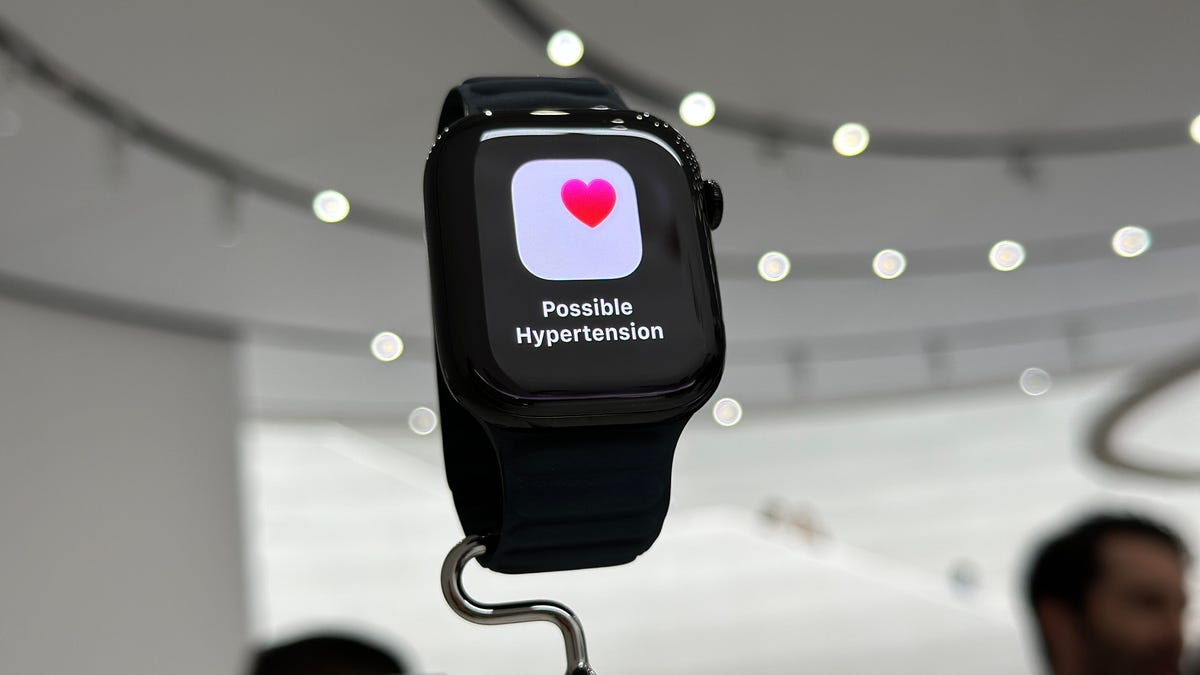
The Apple Watch Series 11 made its debut at Apple’s «awe dropping» event in Cupertino, California, on Tuesday, vying for a spot on your wrist with a mix of fresh updates including new hypertension notifications, sleep score analysis, 5G connectivity and increased battery life.
With a decade of upgrades and refinements, the Series 11 represents a big move for Apple as it leans further into its health and fitness features across its Apple Watch lineup. Alongside the Series 11, Apple also unveiled the Apple Watch Ultra 3 and Apple Watch SE 3, along with the new iPhone 17 lineup (including the brand new iPhone Air), and the latest generation of AirPods (Pro 3).
Both the Series 11 and the new Ultra 3 will ship with WatchOS 26, which Apple previewed at the Worldwide Developers Conference in June. The update brings a cleaner «liquid glass» UI, live translation for text messages, a redesigned Notes app for your wrist and Workout Buddy; Apple’s new AI-powered companion that offers real-time motivation based on your personal metrics during certain workouts.
Pricing and availability
The Apple Watch Series 11 is available for preorder now and will hit stores on September 19. Pricing starts at $399 (£369, AU$679) for the 42mm aluminum Wi-Fi model, while the LTE version of the same watch runs $499. The titanium LTE version of the 42mm model is priced at $699.
New health features
The biggest addition is a feature that can notify you when you’re showing signs of hypertension or high blood pressure. The Apple Watch will send alerts if it notices consistent patterns over a 30-day period that could warrant a follow-up with a doctor, and then allow users to log their blood pressure on the Health app (from a cuff) to confirm.
Another health upgrade is the new Sleep Score, which grades your sleep session on a scale of 1 to 100 or low to excellent. The watch doesn’t just hand you a number with no context; it breaks down your score and shows you factors that may be contributing like bedtime, sleep interruptions and duration, highlighting specific factors that may have impacted your sleep.
Design updates
Visually, the Series 11 looks much like the Series 10, with the same thin profile and edge-to-edge display. But there’s a subtle, practical upgrade: the aluminum model now uses stronger, more scratch-resistant glass, making it more durable for everyday wear.
Connectivity and battery
For the first time, the LTE model of the Series 11 supports 5G connectivity, which Apple says is not only faster but also more efficient at conserving battery life when in use.
Battery life has also received a bump. The Series 11 now promises up to 24 hours on a charge, compared to the 18 hours of the Series 10. Apple tends to be conservative with its battery claims. In real-world use, we may see it stretch beyond the official promise as I’ve consistently been able to stretch out the Series 10 claim to almost 30 hours.
This is a developing story. Follow all of CNET’s 2025 Apple Event coverage for live updates, hands-on impressions, and more announcements as they’re revealed.
Technologies
More Than 4.4 Million Exposed in Credit Bureau TransUnion Breach: What to Know
The breach appears related to a wave of attacks on companies’ Salesforce databases.
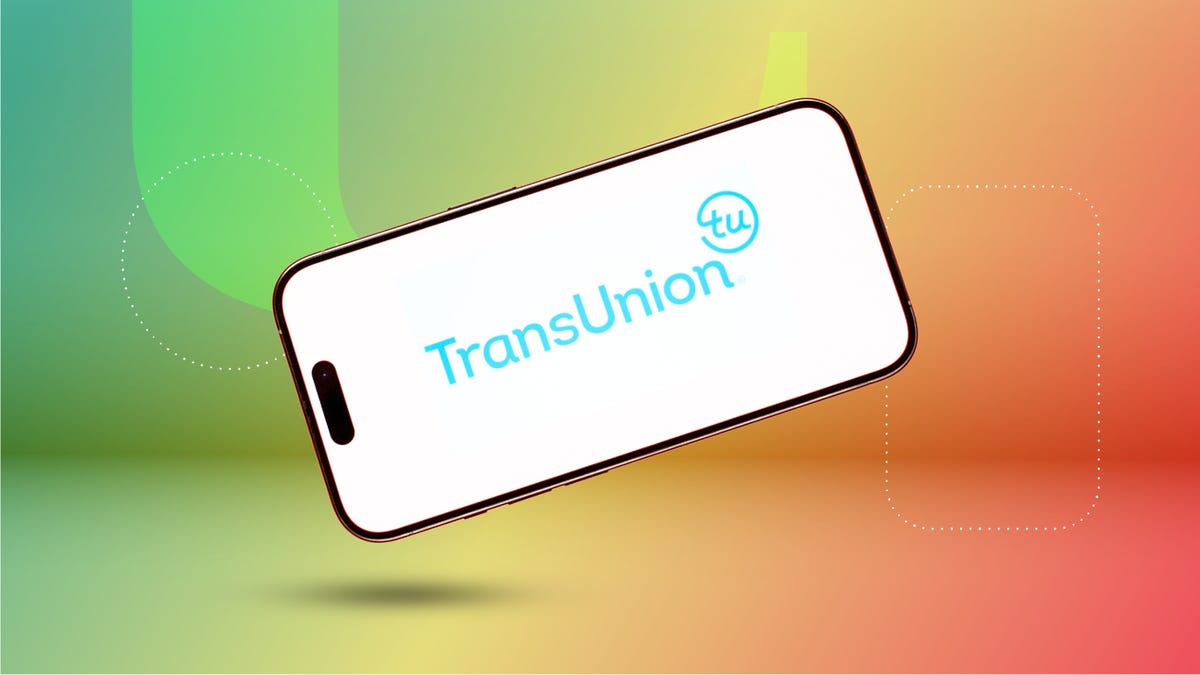
Sensitive personal information belonging to 4.4 million customers, including their names and Social Security numbers, was exposed in a data breach on credit bureau TransUnion, in what is believed to be the latest in a string of attacks targeting companies’ Salesforce databases.
The data breach, which occurred on July 28, was identified and contained within hours, a TransUnion spokesperson told CNET. TransUnion is one of three credit bureaus — along with Equifax and Experian — that compile your financial activity into credit reports that are then used to create your credit scores. The credit bureau said it’s notifying people who may have been affected and sharing the actions the company is taking.
Don’t miss any of our unbiased tech content and lab-based reviews. Add CNET as a preferred Google source on Chrome.
Two separate state filings shed more details on the situation. A court filing in Maine shows that TransUnion acknowledged unauthorized access from a third-party application that stored personal customer data. While the notice to consumers says that no credit information was accessed, «limited personal information» was exposed. However, another filing from Texas states that names of individuals, Social Security numbers and birthdates were exposed in the breach.
The TransUnion spokesperson further clarified that the breach involved a third-party application serving its US consumer support operations but did not include its core credit database or credit reports. The bureau has engaged third-party cybersecurity experts for an independent forensics review.
The breach came after Google reported in June that hackers were using a modified version of a Salesforce-related app to steal vast stores of data, infiltrate other cloud systems and extort compromised companies. The same report named the cybercriminal hacking group ShinyHunters, which it said was linked to extortion demands to employees of the victim organizations.
Several global organizations have already been caught in a wave of Salesforce-linked attacks, according to BleepingComputer, including Google, Farmers Insurance, Allianz Life, Workday, Pandora, Cisco, Chanel and Qantas. Salesforce said social engineering, and not its platform, were to blame for the attacks.
«The Salesforce platform has not been compromised, and this issue is not due to any known vulnerability in our technology,» Salesforce said in a statement in August, adding that customers can mitigate the risk by enabling multi-factor authentication and closley managing connected applications.
Consumer rights law firm Wolf Haldenstein issued an alert on the breach and encouraged those who have received a notice and spot unusual activity on their credit report to reach out.
If you’re not sure if your private data was leaked or you haven’t received any communication from TransUnion, you can check by calling its Fraud Victim Assistance Department at 800-680-7289.
Even if you haven’t received a notice, if you’ve experienced unusual activity on your credit report, you can always freeze your credit for free, enable two-factor authentication or add a security key to your accounts.
Technologies
Will the iPhone 17 Be Able to Run GTA 6?
The new iPhone Air and iPhone Pro promise big performance from Apple’s new A19 Pro chips.

Apple held its big annual iPhone event Tuesday, showing off the upcoming ultrathin iPhone Air, iPhone 17 Pro, AirPods Pro 3, Apple Watch Series 11, the Apple Watch SE 3 and the Apple Watch Ultra 3. There were a few mentions of video games during the show, but in one sequence showing off the new camera for the iPhone 17, it was hard to ignore that this particular shot looked like something out of the upcoming Grand Theft Auto 6.
Megan Nash, product manager for iPhone, spoke during the event about the iPhone 17’s new 48-megapixel main camera that Apple calls Dual Fusion, which can take sharp photos at full resolution or take 2x crop-zoomed images at 24 megapixels. Behind her was an iconic backdrop of a strip from Miami that made some GTA fans wonder if maybe Apple was going to announce a deal with Rockstar Games.
A thread on the GTA subreddit titled Did Apple just tease GTA VI on iPhone? appeared shortly after Nash’s sequence in the iPhone event. Most posters on the thread joked and reminded everyone that the fictional Vice City is based on the real Miami. The upcoming GTA 6 takes place in the fictional state of Leonida, a parody of Florida, with one of the cities players can visit being Vice City.
CNET did reach out to Apple and Rockstar Games just in case. Neither company immediately responded to a request for comment.
GTA 6 was slated to come out this year, but Rockstar Games announced in May that it was delayed. The new date is currently set for May 26, 2026. This would mean that if there were an iOS version of the game, it would be playable on an iPhone 17. Even though the new iPhone 17 will come with an A19 chip’s five-core GPU that can improve gaming, it’s unlikely it could run the next GTA game without some modifications.
On the other hand, the iPhone Air, iPhone Pro and Pro Max have A19 Pro chips with a more powerful six-core GPU (at least for the latter two), which Apple said has «MacBook Pro levels of compute … perfect for GPU-intensive AI workloads.» If Apple is comparing the A19 Pro’s performance to that of a MacBook Pro (though which MacBook Pro, specifically, we don’t know), it’s possible GTA 6 could be playable.
GTA 6 is arguably the most anticipated game coming for the current generation of consoles, and there has been speculation that it could be priced at $100. This is much higher than the current price tag of $70 for most games, although Nintendo did start releasing new games for $80 on its Switch 2.
Preorders for the iPhone 17, iPhone 17 Pro, iPhone 17 Pro Max and iPhone 17 Air will start at 5 a.m. PT on Friday, Sept. 12.
-

 Technologies3 года ago
Technologies3 года agoTech Companies Need to Be Held Accountable for Security, Experts Say
-

 Technologies3 года ago
Technologies3 года agoBest Handheld Game Console in 2023
-

 Technologies3 года ago
Technologies3 года agoTighten Up Your VR Game With the Best Head Straps for Quest 2
-

 Technologies4 года ago
Technologies4 года agoVerum, Wickr and Threema: next generation secured messengers
-

 Technologies4 года ago
Technologies4 года agoGoogle to require vaccinations as Silicon Valley rethinks return-to-office policies
-

 Technologies4 года ago
Technologies4 года agoBlack Friday 2021: The best deals on TVs, headphones, kitchenware, and more
-

 Technologies4 года ago
Technologies4 года agoOlivia Harlan Dekker for Verum Messenger
-

 Technologies4 года ago
Technologies4 года agoiPhone 13 event: How to watch Apple’s big announcement tomorrow

